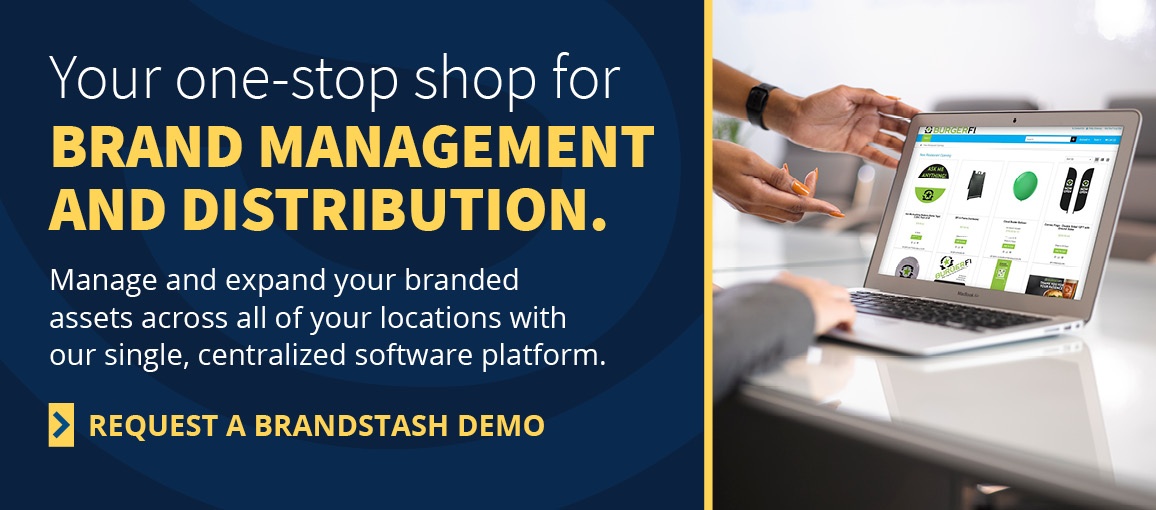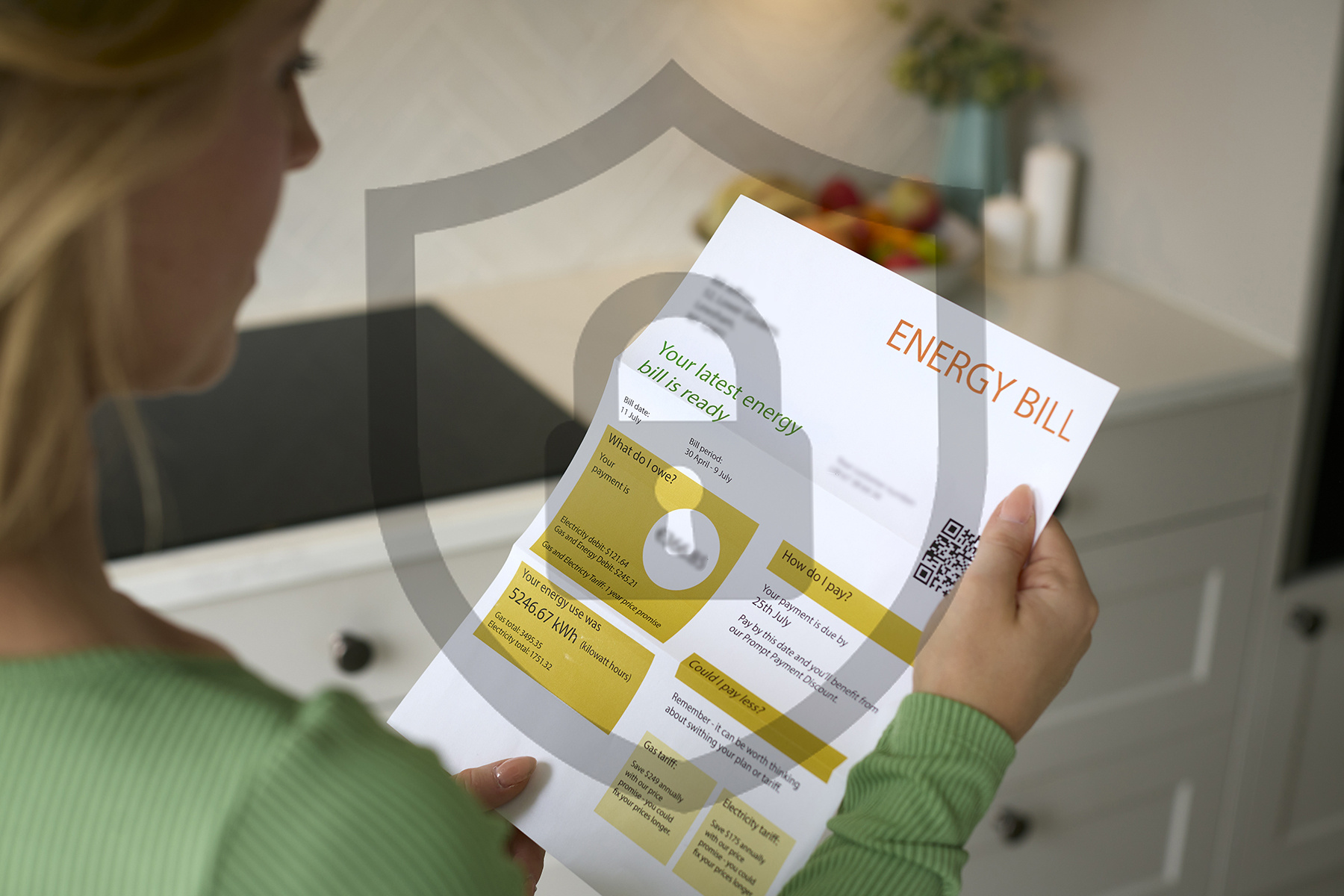Marketing professionals in healthcare, banking and other industries that receive sensitive personal information from their clients frequently face a “Catch-22” situation: How can you use that data to create targeted marketing materials to attract new clients without compromising existing clients’ privacy and Protected Health Information (PHI)?
With strict privacy protocols in force, however, it is possible to create highly effective print and digital brand marketing materials while protecting sensitive client information. Here are five best practices to follow to ensure confidentiality for your clients and maintain their trust.
- Limit Access to Your Data. Restrict access to client data and written materials to trusted members of your team. Safeguard digital data by assigning login credentials to authorized users and make use of two-factor authorization. Use data encryption to further minimize the potential of a cybersecurity breach.
- Automatic Logout After Inactivity. Be sure to set all of your team’s desktop, laptop, and server sessions to automatically log them out after a certain amount of inactivity, such as 10 or 15 minutes. That will ensure no sensitive data is accidentally left onscreen for others to view while the user is temporarily away from his or her desk.
- Get Written Authorization. It’s important to have written consent from your clients to use their protected information and image for marketing purposes. The best way to secure their written approval is from the very beginning of your relationship. These consent forms should clearly state what you are using their data for and who will see it.
- “Anonymize” Data. Even if you have your clients’ permission to use their information for marketing purposes, you still should safeguard it further by making sure anything that could identify an individual is removed.
- Audit your Audience Targeting. While data analytics are a powerful way to identify audiences who may be receptive to your brand messaging, if you are in the healthcare industry, make sure to avoid using targeting tools like look-alike audiences – groups that share PHI profiles to your clients. Re-targeting users who have visited your website in the past without permission also may lead to confidentiality issues. Instead, use general demographics such as age, gender and location to build your target audience.
You Can Trust Southeastern
When creating printed and digital marketing materials to attract new clients to your brand, the best practice of all is to partner with a vendor with the proper protocols and infrastructure in place to ensure your client data is protected. Southeastern has been following HIPAA-compliant procedures for nearly 5 years. Our company is also HITRUST®-compliant, and will achieve full HITRUST certification by September 2024.
“Southeastern’s commitment to robust security measures as the company works towards HITRUST certification includes utilizing firewalls for external threat defense, network segmentation for isolating sensitive data, application control, and AI-driven endpoint protection. In addition, we are implementing tools to enhance monitoring and data encryption, ensure secure file transfers, provide comprehensive malware protection, and support compliance and data management. These technologies collectively ensure a secure and resilient IT infrastructure, aligning with the stringent requirements of HITRUST certification,” said Jorge Alfaro, Southeastern director of IT.
At Southeastern, it’s just as important to us to make sure your clients’ PHI and other sensitive information stays protected as it is to you.
Manage Your Marketing Assets
Ready to simplify asset management? Request a demo of Brandstash today to see this powerhouse tool in action.




